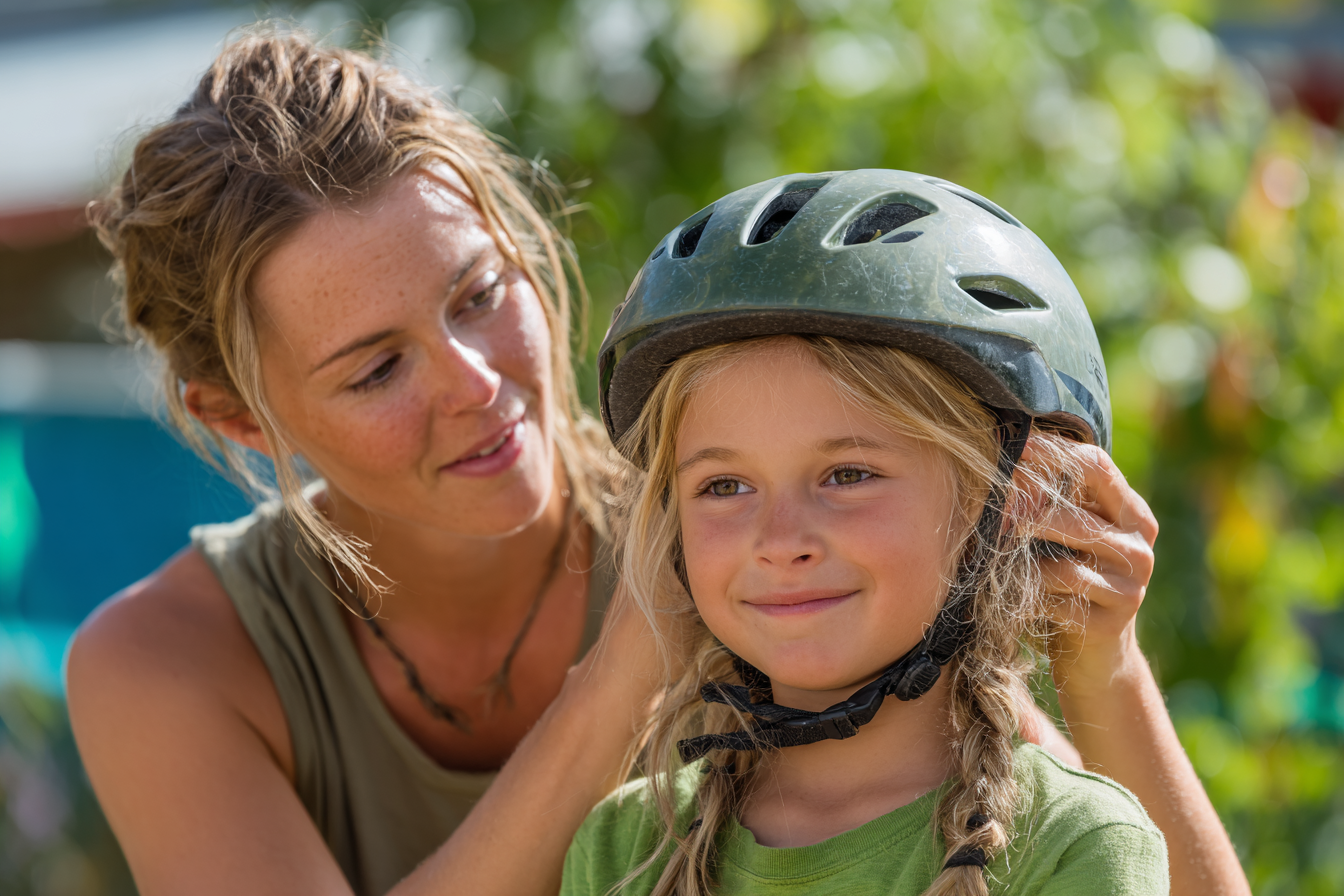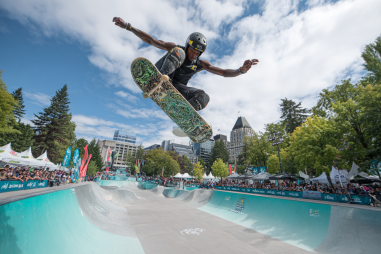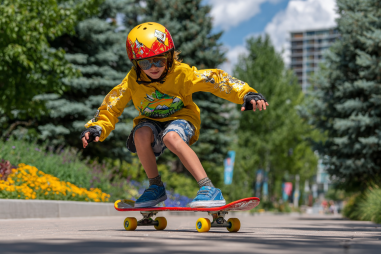Skateboarding is more than just a sport or a hobby; it offers children a fantastic outlet for creativity, physical activity, and self-expression. As a parent, your involvement can significantly shape your child’s skateboarding journey. From ensuring their safety to encouraging their passion, your role is pivotal in helping them develop confidence and skills on their board. This guide offers essential tips for parents eager to support their kids as they dive into the exciting world of skateboarding.
Understanding Your Child’s Interest in Skateboarding
Before jumping into gear purchases or finding skateparks, take the time to truly understand your child’s interest in skateboarding. Ask them what attracts them to the sport—is it the tricks, the culture, the community, or simply the fun of riding around? Respecting their motivation will help you provide tailored support that matches their enthusiasm.
Children often go through phases of curiosity and intense interest. Show genuine curiosity and listen carefully to their thoughts and feelings about skateboarding. This not only strengthens your bond but also builds their confidence to express themselves openly. Encouraging this open dialogue will help you guide them better and keep their passion alive.
Providing the Right Equipment and Safety Gear
One of the most important ways you can support your child is by equipping them with the proper skateboard and safety gear. Start by choosing a skateboard that suits their age, size, and skill level. Smaller boards with softer wheels can be easier for beginners, providing better control and stability.
Safety should always be a priority. The essential safety gear includes:
- Helmet designed specifically for skateboarding
- Wrist guards to protect against falls
- Knee and elbow pads
- Proper skate shoes with good grip
Make sure the gear fits well and is comfortable, as uncomfortable equipment can discourage kids from practicing. Regularly check the condition of their skateboard and protective gear, replacing any worn-out parts to maintain safety.
Creating a Safe Environment to Practice
Finding or creating a safe space for your child to practice is crucial to their skateboarding progression and peace of mind. Ideally, look for nearby local skateparks that are well maintained and welcoming to kids. If that’s not available, you might designate a smooth, flat driveway or an empty parking lot as a practice area, where there’s minimal traffic and plenty of room to maneuver.
Take the time to assess the environment for hazards such as cracks, debris, or uneven surfaces that can increase the risk of injury. Accompany your child during their early sessions to supervise and help them navigate any tricky spots. Constant encouragement and caution help create a stress-free learning atmosphere where they feel safe to attempt new moves and build their confidence.
Encouraging Positive Learning and Patience
Skateboarding, like many sports, requires time, effort, and patience to master. As a parent, your encouragement is powerful fuel for your child’s determination. Celebrate small victories, such as standing on the board or successfully completing their first glide, to boost their morale.
Children may face frustration or fear of falling—acknowledge these feelings and guide them to view mistakes as learning opportunities. Avoid pushing them too hard or setting unrealistic expectations. Instead, focus on enjoying the process and having fun. Positive reinforcement, coupled with a relaxed attitude, helps kids develop persistence and a genuine love for skateboarding.
Recognizing and Celebrating Achievements
Every milestone your child reaches, whether big or small, deserves recognition. This could be learning to balance, landing their first trick, or simply getting out to skate regularly. Celebrating these moments reinforces their progress and motivates further effort.
You can celebrate by:
- Praising their efforts and improvements frequently
- Sharing their achievements with family and friends
- Rewarding progress with new gear or skateboard accessories
- Documenting milestones with photos or videos
These celebrations create a sense of accomplishment and make skateboarding feel all the more rewarding and exciting.
Finding Local Classes, Groups, and Events
Joining a community can hugely enhance your child’s skateboarding experience. Look for local skateboarding classes or clubs designed for kids. These environments offer professional coaching, structured learning, and opportunities to socialize with peers who share the same interest.
Attending skateboarding events, competitions, or exhibitions can also inspire your child and expose them to different styles and skill levels. Many communities host skateboarding meetups that welcome beginners and foster a friendly, supportive atmosphere. Participating in group activities builds confidence, teamwork, and can spur continuous improvement.
Managing Risks and Handling Injuries
While skateboarding is thrilling, it comes with risks of falls and injuries. Knowing how to manage these risks and respond to injuries calmly is essential for parents.
Preventive measures include always wearing safety gear, choosing appropriate practice areas, and teaching your child how to fall safely. Encourage warm-up exercises to prepare muscles and reduce strains.
If an injury occurs, stay composed. Small scrapes and bruises can be treated with basic first aid—clean the wound, apply antiseptic, and cover it with a bandage. For more serious injuries like sprains, fractures, or concussions, seek medical attention promptly. Keeping an injury kit handy during skate sessions is a smart precaution.
Supporting Your Child’s Long-Term Skateboarding Goals
As your child grows more confident and skilled, their skateboarding goals may evolve. Some might want to learn complex tricks, participate in competitions, or simply skate socially. Support their ambitions by encouraging ongoing practice, offering resources such as video tutorials or books, and nurturing their creativity.
Be ready to invest time and sometimes money into coaching, new equipment, or travel to skate events if their interest deepens. Always stay involved, check in on their progress, and adapt your support according to their changing needs and aspirations. Helping your child set realistic goals and giving them the freedom to pursue their own path will enrich their skateboarding adventure.
Helping Your Child Develop a Lasting Love for Skateboarding
Your role as a parent is key not just in relating to the technical side of skateboarding but in fostering an environment where your child feels encouraged, supported, and safe. By understanding their interest, providing the right gear, ensuring their safety, and celebrating every step of the journey, you nurture a lifelong passion.
Remember, skateboarding is as much about self-expression and joy as it is about skills. Your positive involvement and the enthusiasm you share can transform skateboarding from a simple pastime into an empowering experience that helps your child grow both physically and emotionally.







